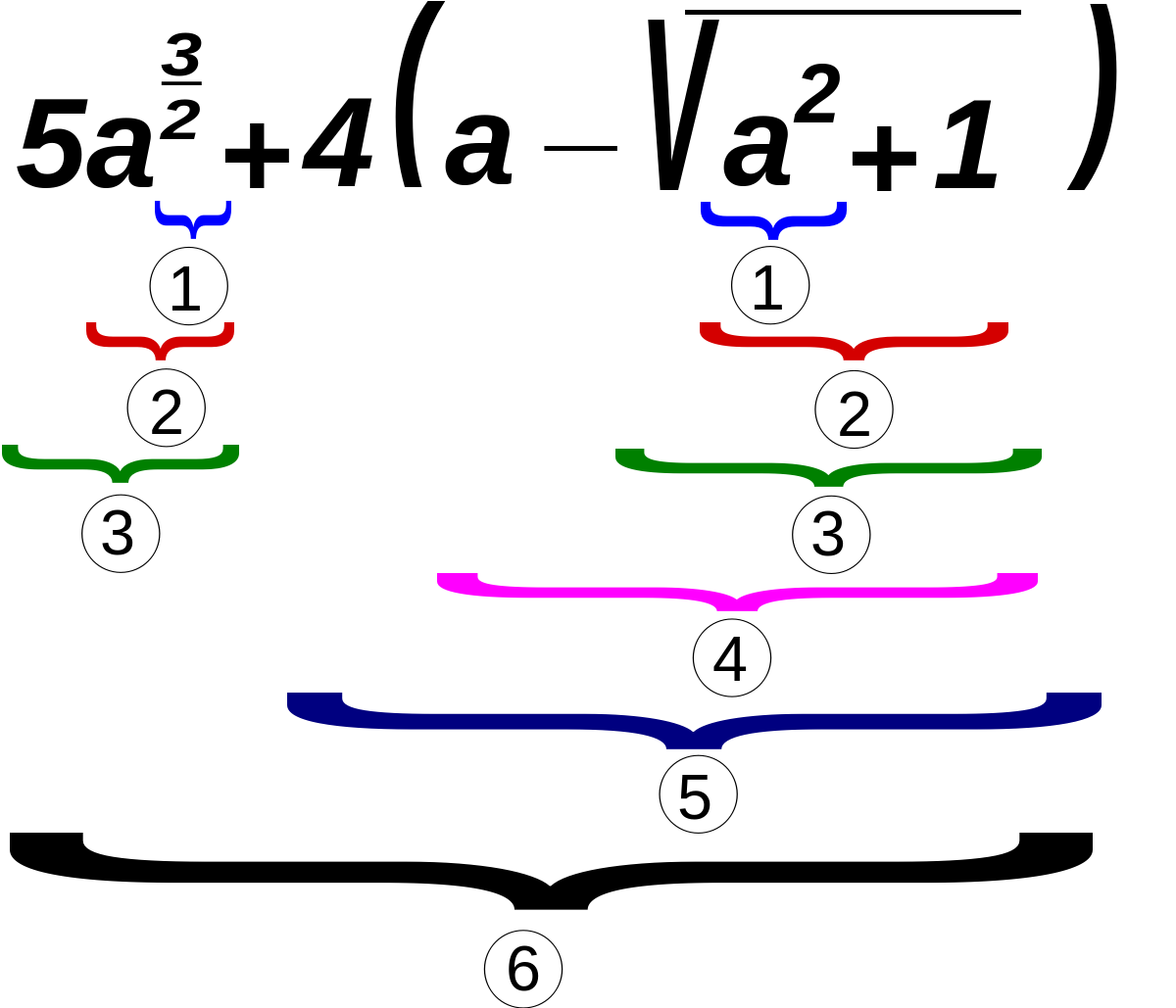My comment was about your replacing
(−64)31 with
(26)31. Your reply is irrelevant. It is not true that
−64=26. You simply dropped a negative sign, and (if you go the way you are going, which is extremely inefficient) the right thing to have done is to change
(−64)31 to
(−26)31.
As for
−26=64, that is wrong because the order of operations tells us to do the exponent before the negation:
−26=−(26)=−64. It does not mean
(−2)6; it is not -2, but 2 that is raised to the power.
In my opinion, it's time to show you how to apply some of the hints that have been given. Here is how I might start the work:
(−8)−311+(−32)−511−(−64)−311=(−8)31+(−32)51−(−64)31=((−2)3)31+((−2)5)51−((−4)3)31
Do you follow that? If so, continue.



